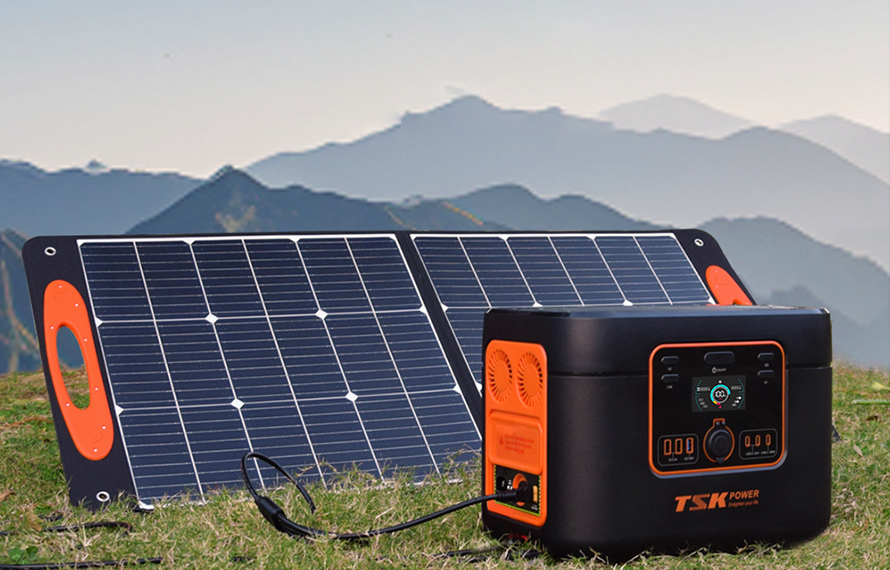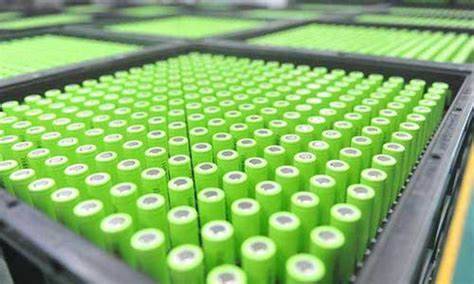
The volume of outdoor energy storage power supply is getting smaller and smaller, but the capacity and power are getting bigger and larger, providing a better guarantee for outdoor activities. Outdoor UPS energy storage power can also power a variety of photographic equipment and props in the studio, including cameras, monitors, audio, radio equipment, desk lamps, etc. When driving, you can cook a meal outdoors and make coffee.
The performance indicators of power battery mainly include five aspects: energy storage density, cycle life, charging speed, resistance to high and low temperature and safety, among which energy storage density and safety are the two major rigid needs of outdoor energy storage power supply.
There are six kinds of commonly used energy storage power sources, namely, aluminum-rich lithium battery, lithium manganese oxide battery, lithium titanate battery, lithium iron phosphate battery, ternary lithium battery, and lithium cobalt oxide battery
Lithium manganese acid battery and lithium titanate battery because the energy storage density is too low, and lithium cobalt acid is the same, only rich aluminum lithium battery, lithium iron phosphate battery, ternary lithium battery into the energy storage market, but rich aluminum lithium battery although high safety factor, various parameters are good, but the price is high so many companies of outdoor energy storage power supply is not used; and various properties are still good iron phosphate lithium battery, ternary lithium battery become two types commonly used in outdoor energy storage power supply.
Lithium iron phosphate battery, three yuan lithium battery is also a difference; the following for you popular science;
One is high safety, because the thermal runaway temperature of lithium iron phosphate battery is generally above 500 degrees, ternary lithium battery is less than 300 degrees, compared with lithium iron phosphate battery in the use of the process of spontaneous combustion risk is lower;
Second, cycle life is longer, because the lithium iron phosphate battery charge and discharge cycle is greater than 3500 times will begin to attenuation, that is to say its service life can be up to ten years, but three lithium battery charge and discharge cycle is only 2000 times, means that its service life is only 6 years, the more intuitive length of time contrast, can let everybody can more directly feel the advantage of lithium iron phosphate batteries.
 2024-08-21
2024-08-21
























